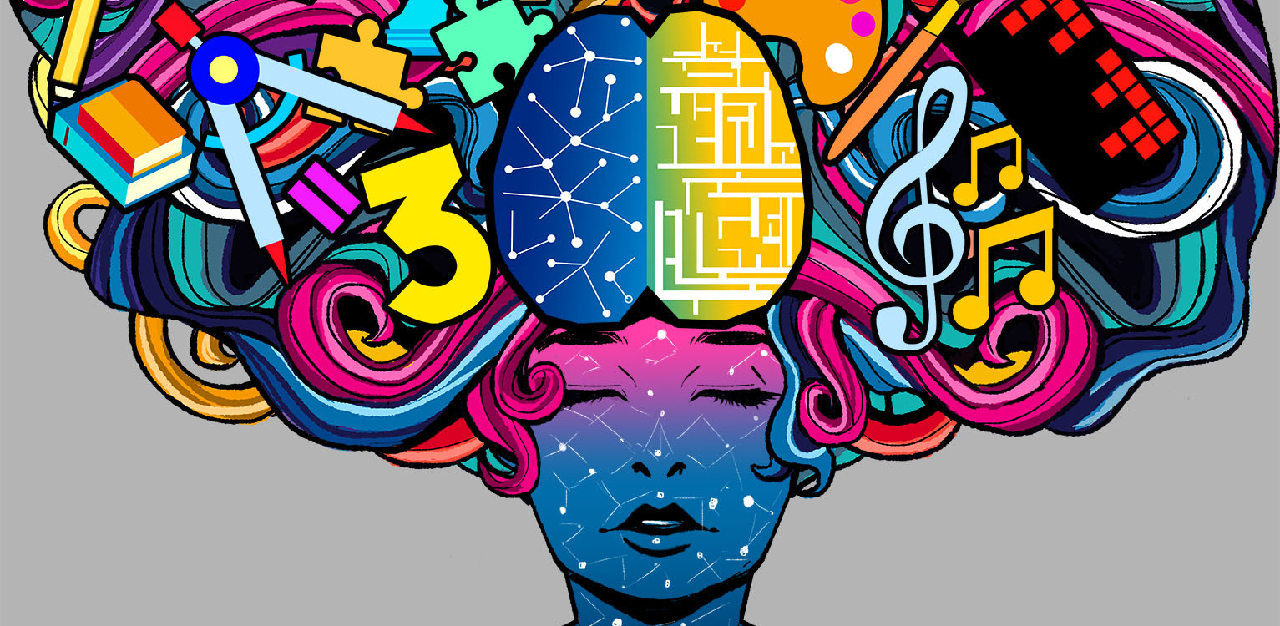(CONTENT WARNING: Content speaks about sexual abuse and domestic violence)
Being in a car accident or an earthquake is traumatising for many, if not most people. But, someone who is neglected as a toddler and left to cry endlessly can also suffer from trauma when they grow up. The effects can be so severe that it interferes with the sufferer’s ability to live a normal life.
Often trauma is managed and coped through trauma responses, trauma bonds and patterns of adaptations, which, experts say, are caused by a ‘trauma brain’. Many sufferers are not aware that they are living under its influence, and the cost can be grave if healing is not sought.
Trauma brain and its causes
When trauma is intensely internalised, it can rob the sufferer of the potential to be safe with himself because a ‘trauma brain’ has been formed.
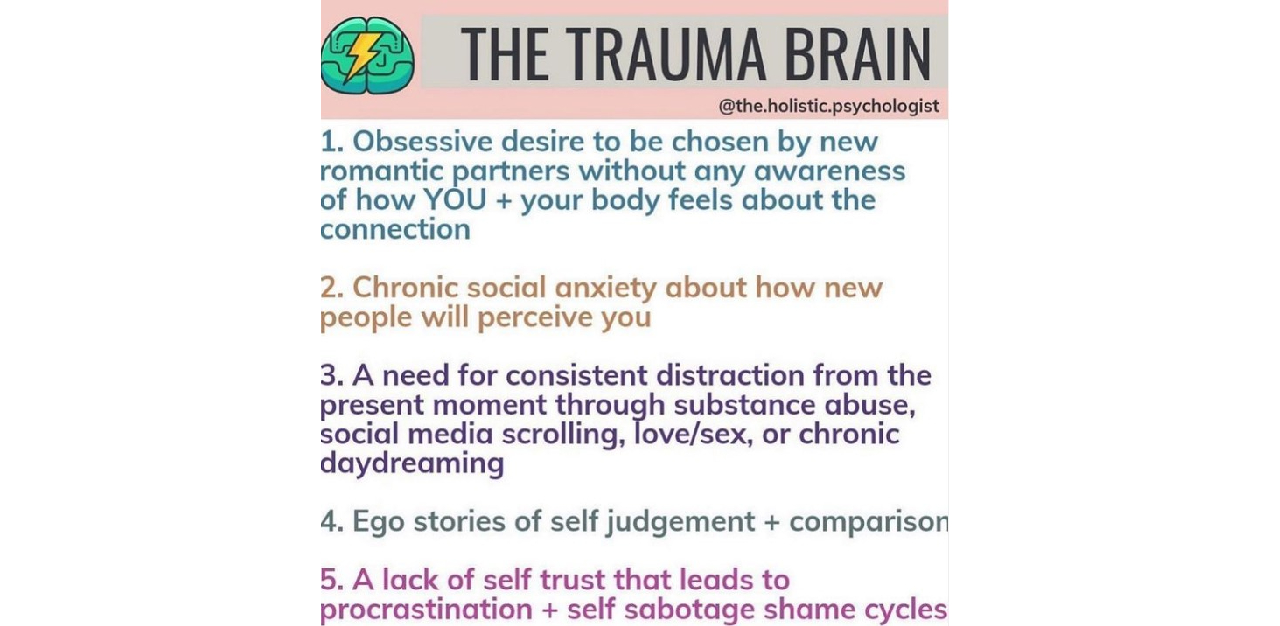
Marie, who declined to give her full name, says that the trauma she had experienced when she was raped and sexually abused as a child is a “lasting one”.
“More than 20 years later, I’m still reeling from it. The scars are there for life,” the 36-year-old, who works in logistics, says.
Marie’s father died when she was a year old. Her mother, who could not work and needed to support herself and her daughters, allowed her two boyfriends to sexually abuse the girls as they all depended on the two men financially. The girls were “collateral”.
“I suffered the most,” Marie says.
She has since forgiven her mother for “letting it happen” but she says she “can’t forget” the abuse.
“To [be able to] forget is the hardest thing to do because it never leaves you,” Marie says.
“No one understands my trauma [and] people tend to tell me ‘it’s all in your mind’, ‘it’s all in your heart’ and ‘only you can help yourself’,” she adds.
Marie feels that is one of misperceptions of what trauma is how it affects the sufferer.
Graphic designer and painter Yvonne Peh, 33, agrees. She is still experiencing the trauma of her father trying to throw her off a building when she was six and her house catching fire last year (2020). However, she is not sure how it manifests itself within her, and only that “it haunts me now and then”.
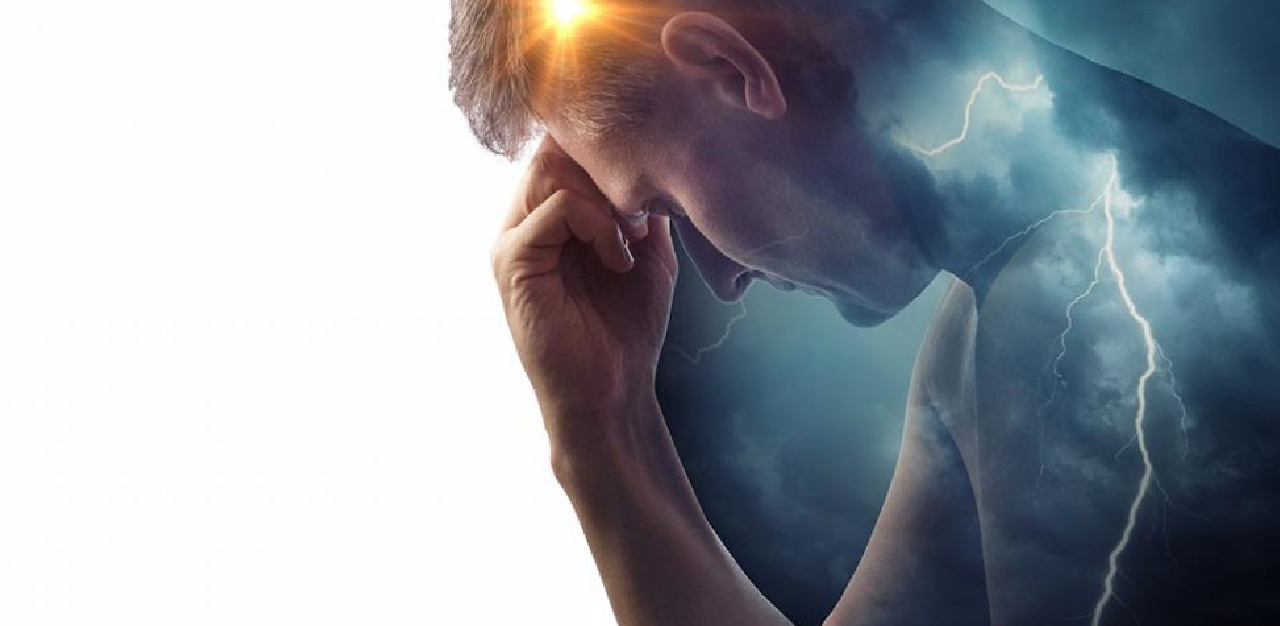
Breaking down how trauma infiltrates a brain system, Ms Celynn Chang, manager of the Clinical Intervention Centre at Boys’ Town which is part of Safe Circle, a collaboration across seven agencies in Singapore that focuses primarily on trauma and trauma-informed care, says: “Trauma can change brain function in three most important ways: the prefrontal cortex, also known as the ‘thinking centre’; the anterior cingulate cortex, also known as the ‘emotion regulation centre’; the amygdala, also known as the ‘fear centre’.”
The centres move inward into the brain but all three have an interplaying role.
“Our ‘thinking centre’ is located at the upper brain area [and] is responsible for abilities such as rational thinking, problem-solving and awareness of ourselves and others,” Ms Chang says. The ‘emotional regulation centre’ is “located next to our ‘thinking centre’ but deeper inside the brain”. “This area is responsible for the regulation of difficult thoughts and emotions without being completely overwhelmed by them.”
When someone manages this centre well, it will help with the responses to unpleasant situations. But when the fear centre, located in the deepest part of the brain, is activated, this tiny structure turns on the body’s ‘fight or flight’ response.
“We will feel reactive, vigilant and afraid but [for someone who] is traumatised, [this] centre becomes overactivated. She may experience hypervigilance, chronic stress, irritation and fear. Consequently, the ‘thinking centre’ will become “under activated” and the person can have a hard time concentrating, paying attention or thinking clearly,” Ms Chang says.
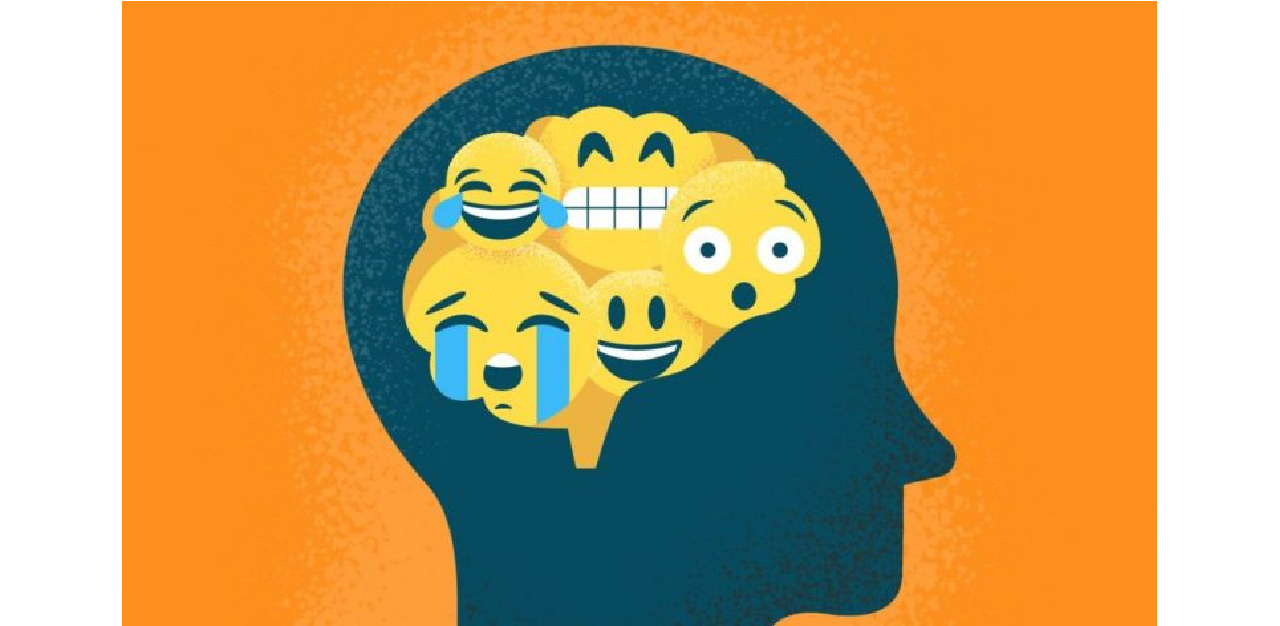
The ‘emotional regulation centre’ is also affected, she adds.
“We may also have difficulties managing our emotions and find it really hard to ‘let go’ of minor annoyances [because] the ‘emotion regulation centre’ has been weakened.”
Mr Asher Low, executive director at Limitless, a non-profit organisation that helps youth with issues such as mental health and abuse, explains trauma in a similar vein.
“Trauma happens when an individual goes through an event or series of events that they experience as emotionally, physically, or psychologically harmful or life threatening that has a lasting negative effect on their functioning and wellbeing,” he says.
Ms Chloe Calderon Chotrani, a somatic therapist at Illuma Health, a clinic that provides treatment for mental health and trauma, also sees the “integral part [of] trauma recovery [as] taking care of brain health”, as she quotes Dr Kharrazian who has developed evidence-based models to treat chronic diseases with non-pharmaceutical applications.
With trauma in the brain, people can feel “some degree of trauma that often leaves [them] feeling fragmented and disconnected”, Ms Chotrani says.
The consequences of this is that it hinders the person’s “ability to feel safe, calm, or easy in the mind and body”.
But trauma cannot be understood in isolation with just the brain as it needs to be connected to the body as well, Ms Chotani says.
“Neurological issues and trauma are not isolated in the brain [alone]. Rather than talking and understanding the ‘trauma brain’, trauma should be looked at as a whole – including the body,” she adds.

The body can hold a “memory of threat” from a traumatic experience that the mind remembers. “If we have experienced a traumatising tsunami as an infant or in our early childhood developmental years, this could have a ripple effect of being fearful of water in our adulthood. We still feel a sense of threat, even if the water is calm,” she says.
When it manifests itself in the body, it can cause anxiety, depression and panic because “the body often bears the burdens of traumatic events”.
“Even if we have forgotten, the energetic impact on the body can still be present,” Ms Chotrani adds.
The lack of awareness of living under the influence of a trauma brain
One would think such a strong reactive neurological and physical response would signal to the person that there had been a previous trauma but this awareness often can be lost in transmission.
Ms Chang says a reason for this could be because we do not know of or might have forgotten its existence or effects.
“Most of us do not have knowledge of how trauma can alter brain function. Some of us may or may not even realise that our daily lives have been affected after experiencing a traumatic event.”
She adds that usually when someone has learned “how trauma can affect our brain function” he or she will know how to manage the influences.

Mr Low has observed the same thing within the context that trauma does not stand out in someone’s life anymore because of the frequency within his life.
“Trauma survivors sometimes don’t realise that they’ve experienced trauma because an event like violence could be a common occurrence within the family or environment, ” he says, adding that the individual can suppress or “downplay the experience”.
Ms Chotrani says the lack of awareness that a trauma brain exists is often due to three reasons: cultural conditioning, loss of choice and systemic demands.
She says with Asians, “generational conditioning” has exerted pressure on how Asian society should express emotions.
“[We are] not allowing difficult emotions to be expressed because it is inappropriate or disruptive, and this leads to people not knowing that trauma plays a role in their lives,” she adds.
Ms Chotrani elaborates that the ignoring emotions caused by trauma could also be due to the limited choices or lack of control one, especially a woman, has on the environment, feelings and thoughts, and therefore the feeling of entrapment.
“When the nervous systems start to perceive threats, [it] can leave one feeling helpless, or powerless, [and to recover] from trauma involves realising that you do have a choice available now,” she says.

The last factor Ms Chotrani cites is “systemic demands” such as those in an urban city and a “capitalistic society”.
“The popularisation of productivity, pressures of success, and glamorisation of overworking and achievement [demands] labour of our bodies and brains to simply survive,” she says.
With a hectic lifestyle, there will always be “less space for restful reflection or feeling guilty or anxious when we do nothing”.
This disequilibrium in activity and rest will often “lead to a difficulty in regulating and rebalancing our state of equilibrium”, causing us to ignore the influences of trauma.
Manifestations in adulthood
The effects that trauma has on a person is unique. Some may heal from it sooner than others, but, it always manifests itself in different forms.
Ms Peh says as a grownup, she has “issues with middle-aged men, compounded with depression and feeling [unwanted]”.
She also suffers from anxiety and fear of loud noises and explosions.
Marie, on the other hand, struggles with “understanding what true love is”.
“I can’t differentiate [between] love and sex,” she says.
Marie now experiences sex as something physical that is to be enjoyed rather than a connection with someone she loves.
As such, she has “had many [sexual] partners” and thinks she may be addicted to sex.
“It has affected my outlook in life, choices I make and not being loved [for who] I am,” she says.

Mr Low says with trauma, interpersonal relationships can be affected, especially if “the trauma is interpersonal in nature, such as abuse, assault, neglect and bullying”.
Ms Chotrani concurs that trauma can adversely affect “future relationships with friends, peers and romantic partners” if a person’s “relational dynamic with [the] main caretakers (parents, grandparents, or relatives) had been harmful.
“Since familiarity brings a sense of comfort, we tend to become attracted to certain archetypes which sometimes are unhealthy for us,” she says.
Mr Low adds that it is possible that “trauma survivors who experience childhood trauma, or Adverse Childhood Experiences, are more likely to [have] mental health disorders, attachment issues, PTSD (post traumatic stress disorder), depression and anxiety in adulthood”.
These mental manifestations lead to physical ones when “poor coping responses, such as risky behaviour and poor eating, [lead to an] increased risk of physical disorders such as diabetes, heart disease and stroke”, he says.
Dangers of not healing trauma
Being aware and understanding the trauma brain is the first step to healing. Wanting to and knowing how to is another ball game altogether.
Ms Chotrani says that there is danger in choosing not to process or heal from trauma.
“If we unknowingly continue on with unprocessed trauma, which we often do, we can have heavily built up emotional tension that is held and stuck in the body. This can lead to chronic stress and fatigue, deep depressive states, or even long-term resentment and anger,” she says.

These unhealthy emotions will affect “our neurology and when our nervous system is in a constant state of threat, we are easily and often triggered and in ‘survival mode‘.
Ms Peh attests to this, as she “is always [living] in fear and [getting] flashbacks every now and then”.
If these escalate, Ms Chotrani warns that they can cause “violent outbursts or suicidal attempts, which we have seen spike in Singapore”.
Ms Chang calls to attention the toxic physiological effects if trauma is not treated.
“We may experience eating and sleeping problems, panic attacks, irritability, prolonged anger and mental health issues such as depression, anxiety,” she says,s adding that it will “have an impact on our physical health such as gastrointestinal issues, extreme fatigue and in the long-term heart, liver, pulmonary diseases as we may adopt negative coping [mechanisms] such as smoking, substance abuse, and alcoholism to deal with the extreme stress”.
These have apparently become Marie’s coping habits as she engages in “self-destruction”.
She says the reason she harms herself is because she is “unable to appreciate [herself] or have self love”, and confesses that she has attempted suicide twice.
Healing is a holistic approach
In order to process and resolve trauma, there are multiple holistic trauma-healing methods to turn to, and Ms Chang believes in Cognitive-Behavioural Therapy (CBT), Eye Movement Desensitisation and Reprocessing Therapy (EMDR).

She advocates a strong support network as well, such as “parents, family members, friends, teachers and colleagues”.
“Positive and supportive relationships are key to recovery because positive experiences in our relationships can help us to heal, [while] negative ones can make our emotional and psychological problems worse,” Ms Chang expounds.
Mr Low also recognises the “therapeutic modalities such as CBT, Trauma Focused CBT, EMDR, Emotional Freedom Techniques (EFT), Somatic Therapy, Art Therapy, and Animal Therapy” which he feels are “clinically effective”.
However, while healing is an individual’s journey, the people around that person plays a role too.
“Good social support such as having supportive loved ones, friends, and family, and positive spiritual practices have also been found to be beneficial to recovery from trauma,” Mr Low says.
Ms Chotrani has seen the results and effects in Somatic Touch Therapy and the somatic experience.
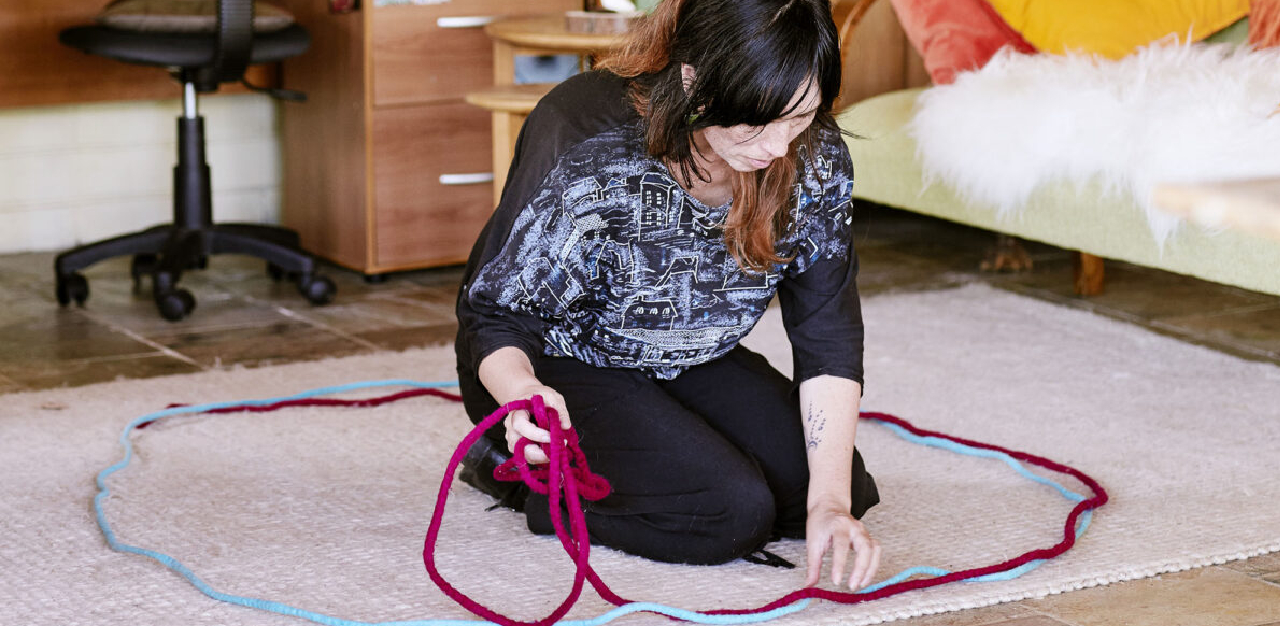
She says that the “gentle touch provides co-regulation which will help one eventually self regulate” because trauma healing requires a “deeper connection to our sense of self, which involves strengthening the relationship between our bodies and our brains”.
This in turn will “increase our capacity for coping, recovering, and thriving [as] the intention is to help the nervous system feel safe through providing support”.
Ms Peh sees the value in hands-on hobbies as part of her healing journey, such as “painting and journal writing”.
Ms Chotrani says that this is a good avenue for healing. “It can come in the form of fitness and nutrition, which is empowering”.
But what she ultimately believes is that “there is no one way or solution because each person has to find what is most resonant and relevant for them”.
Understanding and peeling the “different layers of processing the trauma” in each individual will facilitate the “healing of our bodies, our minds, and our souls”, Ms Chotrani sums.
Join the conversations on TheHomeGround Asia’s Facebook and Instagram, and get the latest updates via Telegram.
